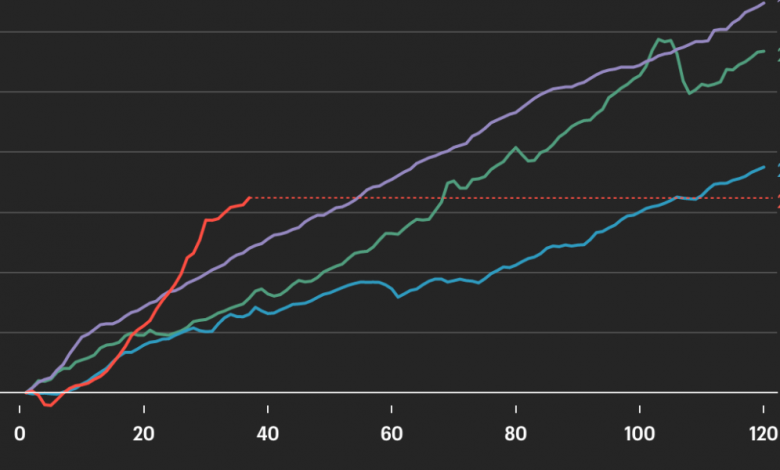Your pay rise could be a pay cut

On Tuesday we learned that inflation slowed from 6.5% in December to an annual rate of 6.4% in January.
Overall, inflation has increased by 16.2% since December 2019. For comparison, over the entire decade of the 2010s, headline inflation rose by 18.75%.
That means if a given worker’s income hasn’t increased by at least 16.2% since December 2019, their “real” wages have fallen, at least in economic terms. For many Americans, this means a significant loss of purchasing power. It’s also why some workers feel like they’re falling behind, even when there’s always a raise.
How many Americans fall into this camp? A lot.
Macroeconomic policy analyst Lida Weinstock wrote in a recent Congressional Research Service report that real wages, or inflation-adjusted wages, have fallen since 2021, although nominal wages (ie wages not adjusted for inflation) have increased by 13.4% over that time span.
While “real” wage declines could be bad news for Americans’ short-term budgets, they could be seen as good news for the Fed.
“Negative real wage growth could slow demand for goods and services and could potentially help the Fed cool the economy in the coming months,” Sinem Buber, chief economist at ZipRecruiter, told Fortune.
The reason? If wage growth accelerates significantly, it could signal the start of a wage-price spiral, in which wage growth and improved demand create a feedback loop that pushes inflation further higher.
Learn how to navigate and build trust in your organization with The Trust Factor, a weekly newsletter exploring what leaders need to succeed. Login here.



